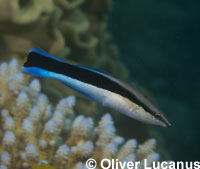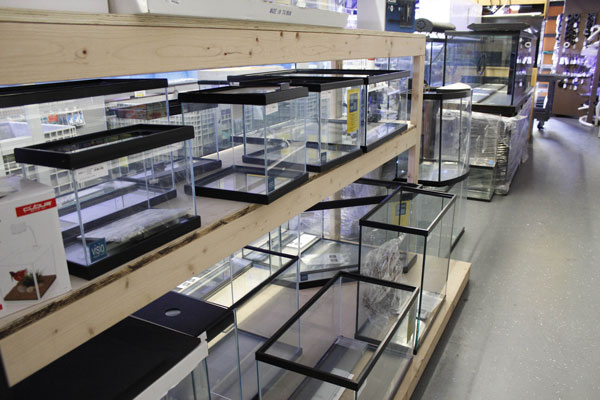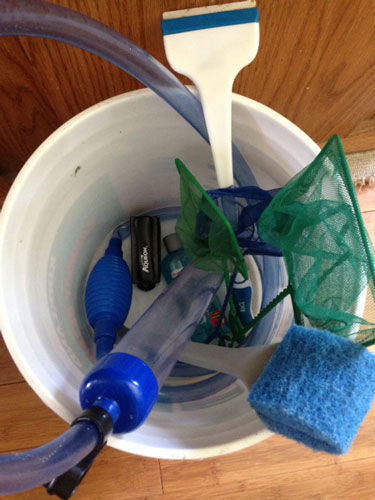
There is a very short list of remarkably common SPS parasites that have become rather prevalent in the hobby. Unfortunately, all too often SPS hobbyists learn of these parasites after already witnessing them in their display. As with so many other parasites in this hobby, an ounce of prevention is worth a pound of cure. Knowing what to look for on new arrivals and dealing with these parasites in quarantine, rather than your display, is an excellent practice for all SPS enthusiasts.
For Acropora, the two prevalent parasites are red bugs (Tegastes acroporanus) and acropora-eating flatworms. Red bugs are parasitic red or orange flealike copepods visible to the naked eye that infest certain Acropora. Fortunately, these can be eradicated with the common dog heartworm medication Interceptor (milbemycin oxime). Acropora-eating flatworms are another vicious parasite that can quickly cause the demise of a once healthy Acropora. While the flatworms themselves are hard to see on an infected coral, much easier to see are the bite marks left behind. Brown egg masses of these pests are also easy to see as they are laid along the edge of where living tissue meets skeleton. There are many coral dips available on the market that will target these flatworms. Care must be taken, though, as these dips do not affect the eggs. Therefore, it is good practice to monitor the coral in quarantine after treatment and to treat repeatedly as necessary.
For the Montipora genus, montipora-eating nudibranchs are the by far the most prevalent parasite. These may be small (less than a quarter of an inch in length), but the impact they can cause is huge once inside of a display. Fortunately, these beige nudibranchs are easily seen feeding on the edge of living tissue, usually on shaded areas of Montipora. Manual removal with a toothbrush followed by quarantine and the above-mentioned dips will combine to eradicate these parasites. Unlike other pests in the hobby, such as Aiptasia or glass anemones, there are no proven predators of these parasites that will make any dent on their population in a display tank. So, while these procedures may take some effort up front, they are infinitely less complex than dealing with these pests in your display tank.
 Cleaner Wrasse
Cleaner Wrasse
 Would You Like The Supreme Fishing Experience? Heres The Reason Why It Is Essential To Carry The Mo
If what youre seeking out is considerably more fish thr
Would You Like The Supreme Fishing Experience? Heres The Reason Why It Is Essential To Carry The Mo
If what youre seeking out is considerably more fish thr
 Five Tips for Freshwater Aquarium Success
You spent countless hours researching the latest products to
Five Tips for Freshwater Aquarium Success
You spent countless hours researching the latest products to
 What to Keep in Your Aquarium Maintenance Bucket
It is too easy for hobbyists, especially new ones, to become
What to Keep in Your Aquarium Maintenance Bucket
It is too easy for hobbyists, especially new ones, to become
 Red Worms
Q. I’ve seen advertisements for red worms as a food for fish
Red Worms
Q. I’ve seen advertisements for red worms as a food for fish
Copyright © 2005-2016 Pet Information All Rights Reserved
Contact us: www162date@outlook.com